The Surface Phone, which has been around for many years, finally appeared on the Microsoft Conference a few days ago, but people are new to this Hardware doubts have not diminished.
It’s officially named “Surface Duo”, equipped with two separate 5.6-inch screens on the left and right, connected by a hinge hinge in the middle, which is a tablet computer that can be turned into a mobile phone when stacked.

When used, these two screens can display two application interfaces at the same time, or you can use one of the screens as an extended page. For example, the left side browses the mailing list and the right side refers to the detailed mail content, and the two do not affect each other.
In addition, since the Surface Duo does not have a foldable flexible screen like the Samsung Galaxy Fold, the hinge also supports 360-degree rotation. You can fold a screen completely to the back and use just another screen as the main screen, just like a current smartphone.
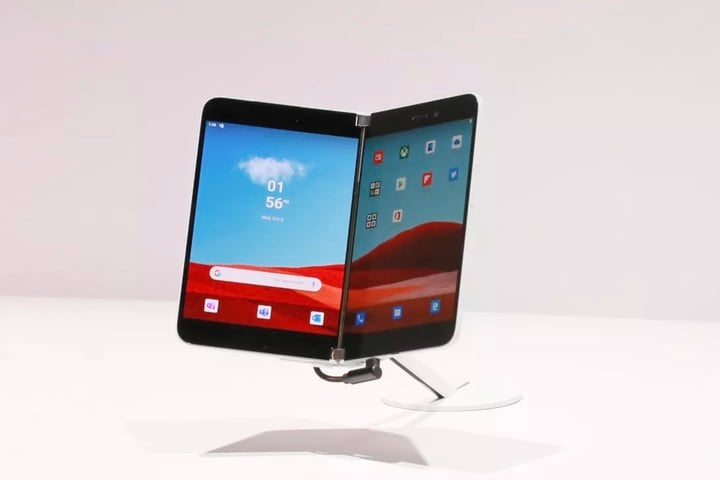
▲ Image from: CNET
With this look, Surface Duo is clearly close to the “double-screen phone we have seen before.” Concepts, such as the ZTE Axon M, or the earlier Sony Tablet P tablet, have similar appearances, but Panos Panay, head of Microsoft’s hardware division, apparently does not want consumers to look at the “mobile phone” perspective. Surface Duo.
In accepting The In an interview with Verge, he said :
“If you want to create a new device category, you have to try to change something instead of standing still. So, use “mobile”, “tablet phone” and other similar words for Surface Duo. The definition often has certain limitations, and I am also against this statement.
Panos Panay said that Microsoft’s hardware team spent a full three years on Surface Duo development, hoping to bring a user with a dual-screen structure.More efficient productivity tools, such as writing complex emails or working with various document forms.
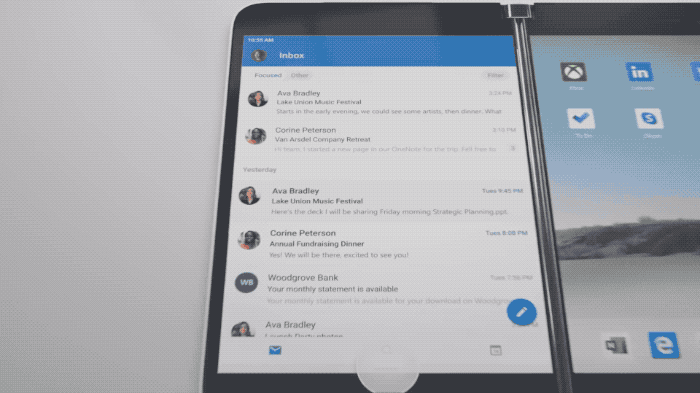
Just like Microsoft used a whole set of experimental equipment to test prototypes, Surface Duo also passed Microsoft tests, proving that two side-by-side screens provide better multitasking than a separate screen. Experience, and Microsoft’s own Office suite often requires a larger screen to take advantage.
As for the reason why the foldable flexible screen is not used, it is considered the difficulty of mass production and durability. Panos Panay said that the current hardware form of Surface Duo has been basically fixed, and there will be no major changes before the end of next year, but there are still many unverified ideas in software.
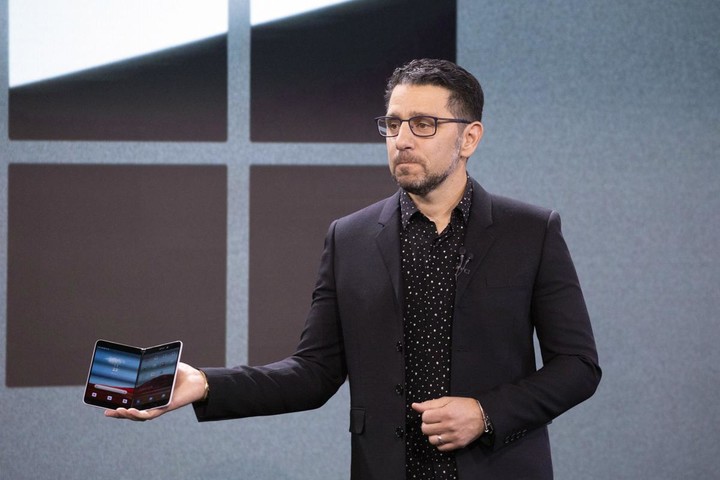
This involves running the Surface Duo. On the Surface Neo dual-screen laptop, Microsoft uses a custom Windows 10X system that will be optimized for dual-screen laptops; but on Surface Duo phones, Microsoft chooses Android instead of Windows. Above.
Objectively speaking, this is a seemingly unexpected, yet reasonable decision. Considering that Windows Phone has been completely abandoned by Microsoft, coupled with Windows-style micro, and the status of Android in the mobile market, even a giant like Microsoft, it is not easy to rely on a new system to incite Google’s status.
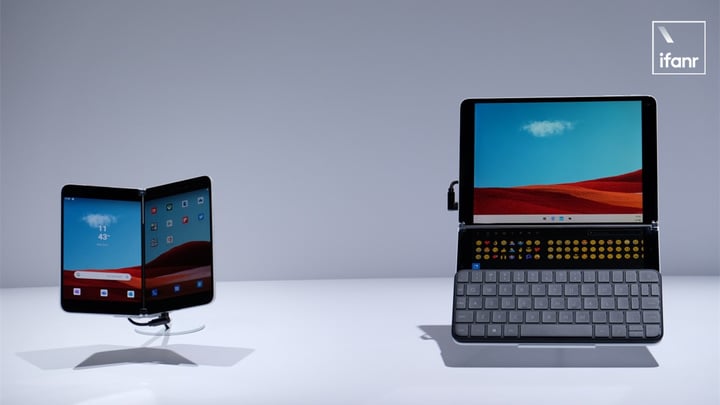
▲ On the left is the Surface Duo phone, on the right is the Surface Neo laptop, both with a dual screen design
Panos Panay further explains why Surface Duo uses the Android system. He believes that this is determined by the current application ecosystem. Microsoft cannot ignore this, and Microsoft does not believe that this ecological landscape will change in the short term. .
“The reason is simple, because the applications you want to use are all there. On mobile devices, Android is definitely a wise choice, but on other larger screen devices, Windows is still the best. .
Of course, using Android is not a problem, but for dual-screen devices like Surface Duo, you should also consider application adaptation.
In an ideal state, we naturally hope that the left and right applications on the Surface Duo support images, text drag and so on, and can automatically adjust the interface size with the folding and closing of the phone. This is the dual-screen phone. Use scenario.
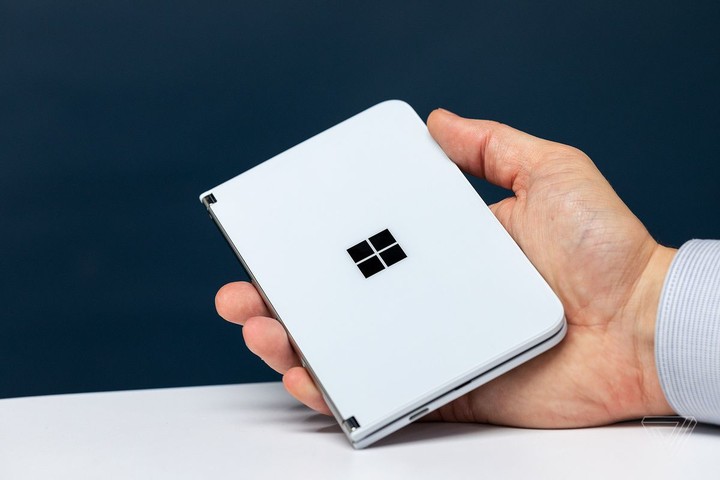
▲ Image from: The Verge
Obviously, Microsoft also needs support from a wide range of third-party application developers. How many developers are willing to develop dual-screen applications for Surface Duo and even Surface Neo determines the likelihood of success for both devices.
This is why, Microsoft chose to release the release time of the two dual-screen devices at the end of 2020, and the product team hopes to set aside more time for application adaptation.
The current CEO of Microsoft, Satya Nadella, also stressed the importance of developing specific applications for new forms of devices such as Surface Duo, In an interview with Wired, he said:
“For us, the most important thing at this stage is the application and experience, not the operating system itself. We will focus on how developers write applications for Surface Duo and Neo, rather than paying attention to them. Whether to develop a Windows application or an Android application, because this is related to the development of Microsoft Graph.”
The Microsoft Graph mentioned by Nadella is actually a set of API interfaces. Simply put, it’s like a bridge to connect hardware devices to services like Windows, Office 365, and Azure. At the end of the day, it still revolves around Microsoft’s current main business, namely Office, cloud computing, productivity applications and enterprise services.
It can be seen that Microsoft hopes to integrate this interface with the Android system more closely. Even if we don’t see it on the surface, Microsoft will play a more important role behind the platform.
“The future is cloud-based and not device-centric,” Nadella added.
Source of the title: Surface Duo